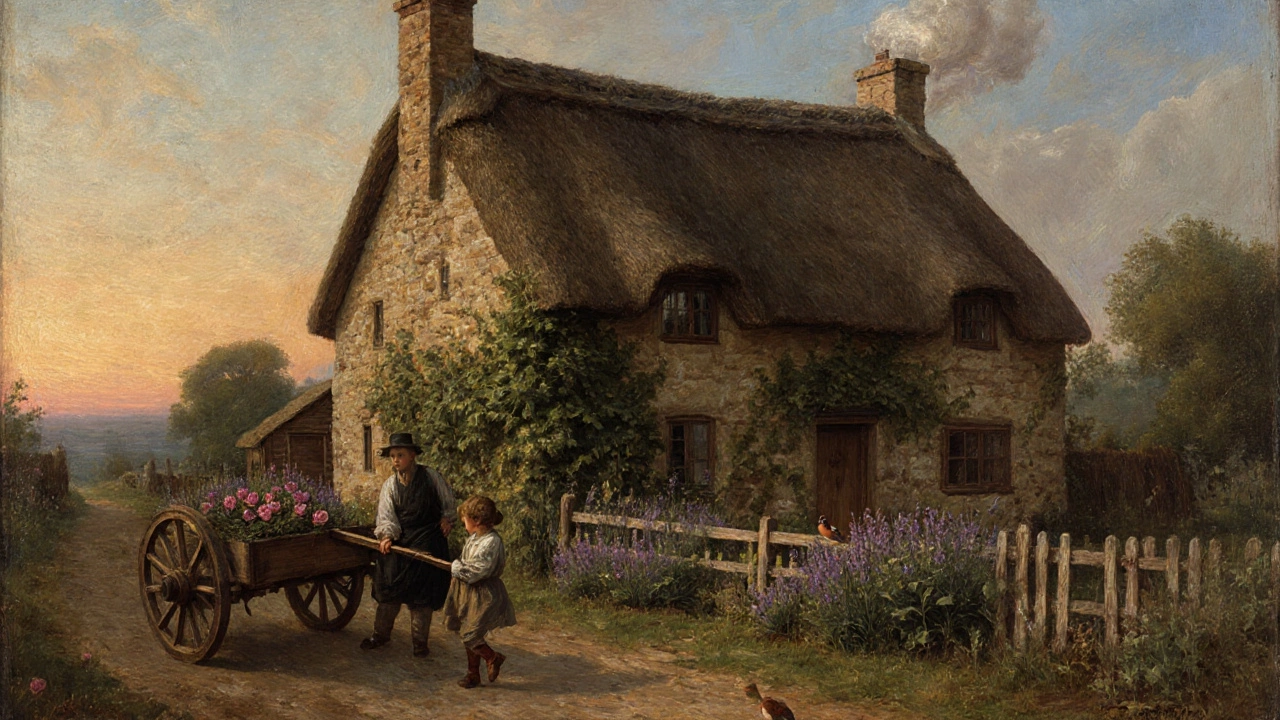Discover the true origin of the word “cottage,” its evolution across centuries, and how the term shapes architecture, culture, and modern living.
Why Cottages Are Called Cottages: A Simple History
Ever walked past a thatched roof or a timber‑framed house and thought, “Why do we call that a cottage?” You’re not alone. The word cottage has a story that goes back centuries, and understanding it can make your next stay feel even cozier.
The Medieval Roots
In medieval England, a cottage was nothing fancy – just a small, modest dwelling for a peasant or farm laborer. The term comes from the Old French cote, meaning a small house, which the Normans brought to Britain after 1066. At that time, a cottage was typically one story, built with local stone or wattle and daub, and often shared a garden with the family’s livestock.
Because these homes were tied to the land, they were usually part of a larger manor. Tenants paid rent in labor or produce, not cash. The simplicity of the structure and the close‑knit community around it gave the word a very down‑to‑earth feel that still resonates today.
From Rural Workhorse to Romantic Retreat
Fast forward to the 18th and 19th centuries, when the Industrial Revolution pushed city dwellers to seek fresh air in the countryside. Wealthier families began buying small country houses for weekend getaways. They called these “cottages” because the word already suggested a humble, rustic vibe – even if the new versions had marble fireplaces and silk curtains.
This romantic image stuck. Writers like Wordsworth and poets of the Romantic era praised the cottage as a symbol of peace and simplicity. Their verses turned the cottage into a cultural icon, not just a farmer’s shack.
In modern tourism, a “cottage” signals a self‑catering, cozy spot where you can unplug. Whether it’s a stone‑built retreat in Cornwall or a wooden cabin in the Lake District, the name promises a homelike atmosphere without the hotel hustle.
What Makes a Cottage a Cottage Today?
Today’s cottages share three key traits: size, style, and self‑catering. They’re usually under three bedrooms, have a living area that feels lived‑in, and include a kitchen or kitchenette. The architecture often nods to traditional designs – think exposed beams, slate roofs, or low‑lying lawns.
Because they’re built for families or small groups, cottages often come with extra touches like a garden swing, a fireplace, or a pair of rain boots for muddy walks. These details reinforce the idea that you’re staying in a home, not a room.
So when you book a cottage with us at Retallack Retreats, you’re not just picking a place to sleep. You’re joining a long line of people who’ve used the word to describe a simple, comforting space that lets you relax and reconnect with nature.
Next time you step onto a cottage porch, pause for a moment. The name carries centuries of history, from medieval laborers to modern wanderers seeking a break from the fast‑paced world. Knowing the story behind the word makes the experience a little richer, and maybe even a bit more meaningful.
